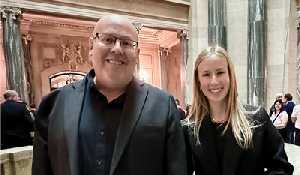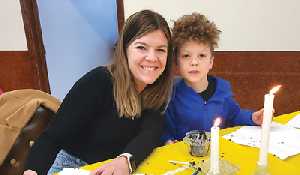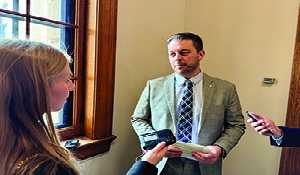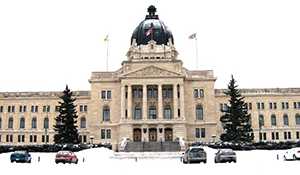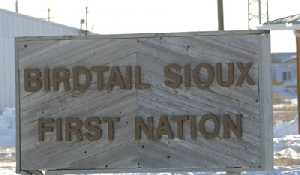Hungarian government pledges support for Bekevar
Pledge for historic Bekevar church near Kipling comes one year after $40,000 commitment to Kaposvar church near Esterhazy
March 23, 2019, 7:11 am
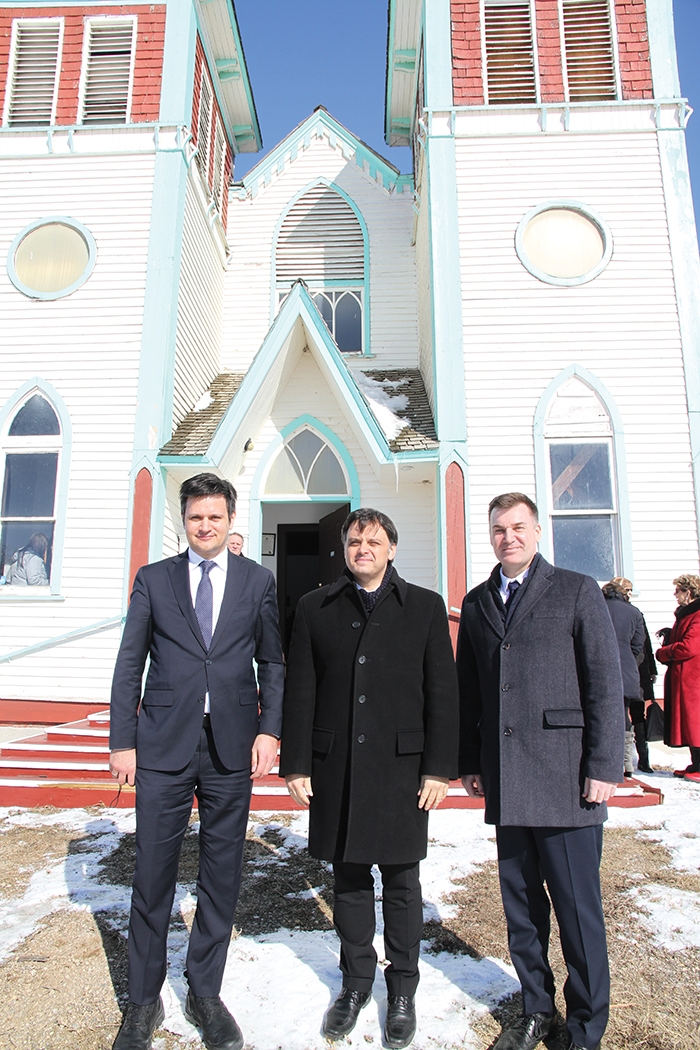

On a sunny Sunday morning, March 10, a few dozen people gathered for worship in the historic Bekevar church just south of Kipling.
Csaba Latorcai, Hungary’s Secretary of State for Public Administration, was there, as was Bálint Ódor, Hungary’s Ambassador to Canada.
Moosomin MLA Steven Bonk was in the congregation, as was Saskatchewan Minister of Culture Gene Makowski. Former Moosomin MLA Don Toth and his wife Lois helped with the music.
The Hungarian officials were there because the Hungarian government wants to foster connections with ethnic Hungarian communities around the world, and would like to support the restoration of Bekevar church.
The event was a follow-up to a trip by Ambassador Ódor last year.
“Exactly a year ago I came here and I realized how important it would be to strengthen our relations between Hungary and the Saskatchewan communities. Secretary Latorcai accepted our invitation to come, so this is a very special event,” Ódor said.
“The government of Hungary believes it is very important to reinforce the ties with the communities of people who came here a hundred years ago,” said Secretary Latorcai.
“Those who came to Saskatchewan were the first Hungarian settlers who came to Canada, so they really represent a bridge between Canada and Hungary. We have a shared heritage.”
Latorcai said the Hungarian government would like to see the Bekevar church restored and would like to be part of the restoration.
“We would like to do something similar to what we did at Esterhazy, at Kaposvar,” said Latorcai.
“The government of Hungary would like to contribute to safeguard and preserve this heritage, this beautiful church. We would like to do this in co-operation with the local community and possibly with the government of Saskatchewan.”
Why is it so important to the government of Hungary to support these communities?
“The fact that they have kept their Hungarian culture, traditions, and identity represent an important connection, and they enrich the Hungarian nation. One-third of the Hungarian nation lives outside of Hungary. We would like to strengthen our relations with those communities. All of those people are ambassadors for Hungary. They may be the fourth of fifth generation Hungarian Canadians, but we still think of them as part of the Hungarian nation.
“Hungarians are very aware of the diaspora (Hungarians living outside the country) and are very proud that there are Hungarians living all over the world. They can be proud of the community here as well.”
Latorcai said he felt at home when visiting Bekevar.
“I felt like I was back in Hungary,” he said. “It’s truly Hungarian hospitality we experienced.”
There has been a Hungarian community in the area since 1898, when the first Hungarian settlers arrived.
Bekevar Church was built in 1910.
Gordon Kish said the church was long the centre of the local Hungarian community and is still important to many people, even those who have moved away.
“The church seems to be getting more and more popular,” he said. “More and more young people—descendants of the original settlers—are coming back to Kipling and they all want to get married in the old church, because they all have Hungarian backgrounds, and their heritage goes back to that church.
“The church is getting to the point where it almost has to be booked a year ahead of time to make sure you can get in. It takes a lot of work to keep the old church going. We have to make repairs to it. There are quite a number of repairs that have to be done.
“There’s a real sense of community. People think of themselves as part of the Hungarian community. We grew up speaking Hungarian. When I started school, I couldn’t speak English, when I left school I couldn’t speak Hungarian.
“There used to be a couple of big bells in the towers. You could hear those bells eight miles away.”
He said many of the Hungarian families settled in the immediate area of the church.
“My mother was born across the road. Her parents emigrated from Hungary. My grandparents lived six miles east of here. This whole area was basically Hungarians.”
Next steps
The next step will be to see what provincial and local funds can be raised to restore the church.
“I have asked the Minister to provide me with the necessary information so that the Bekevar heritage Foundation can apply for a grant,” said Moosomin MLA Steven Bonk.
“Also, the Bekevar Heritage Foundation will start fundraising. The Hungarian Ambassador would like it to be a joint effort between the Hungarian government, the Saskatchewan government, and the Bekevar Heritage Foundation.”






























